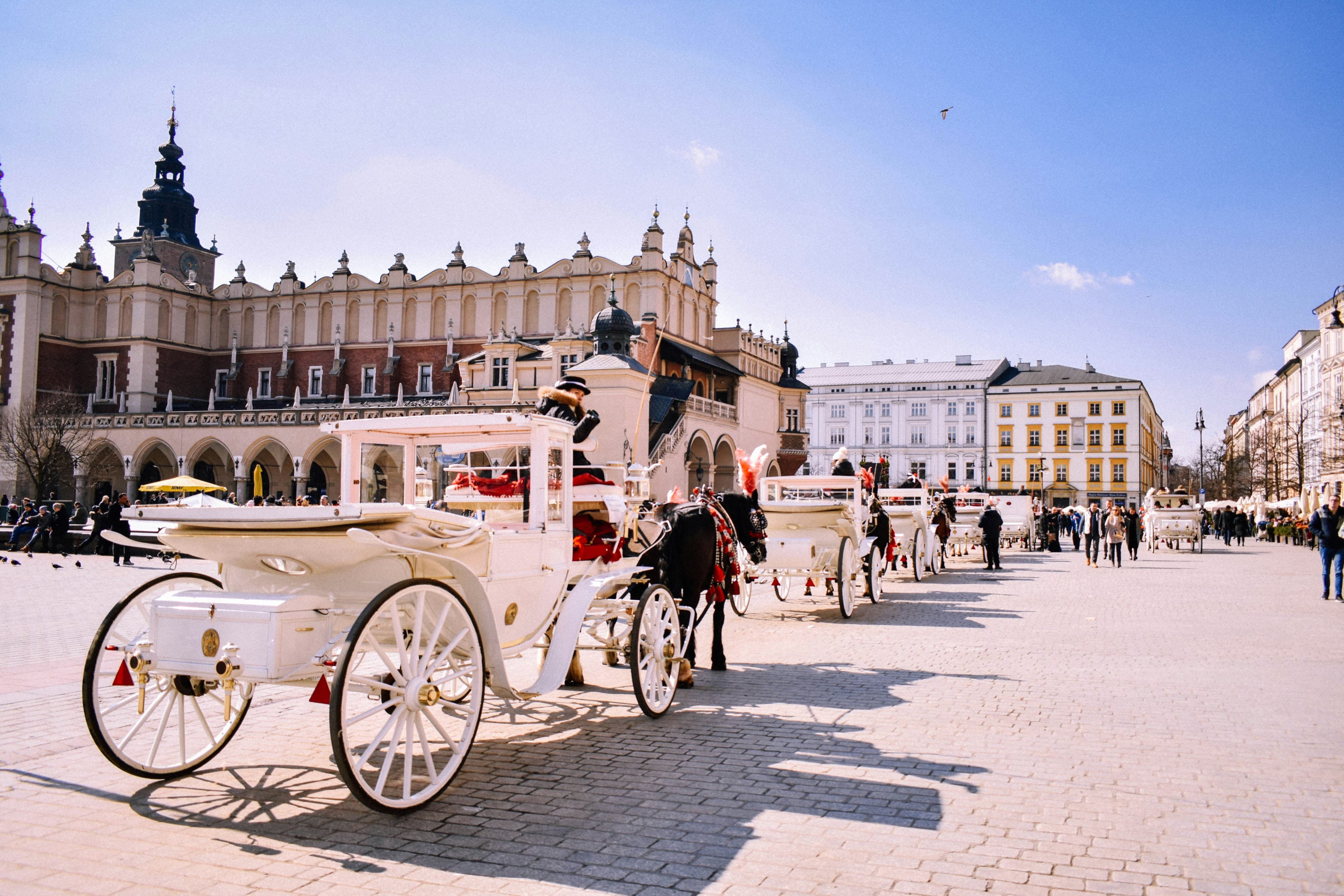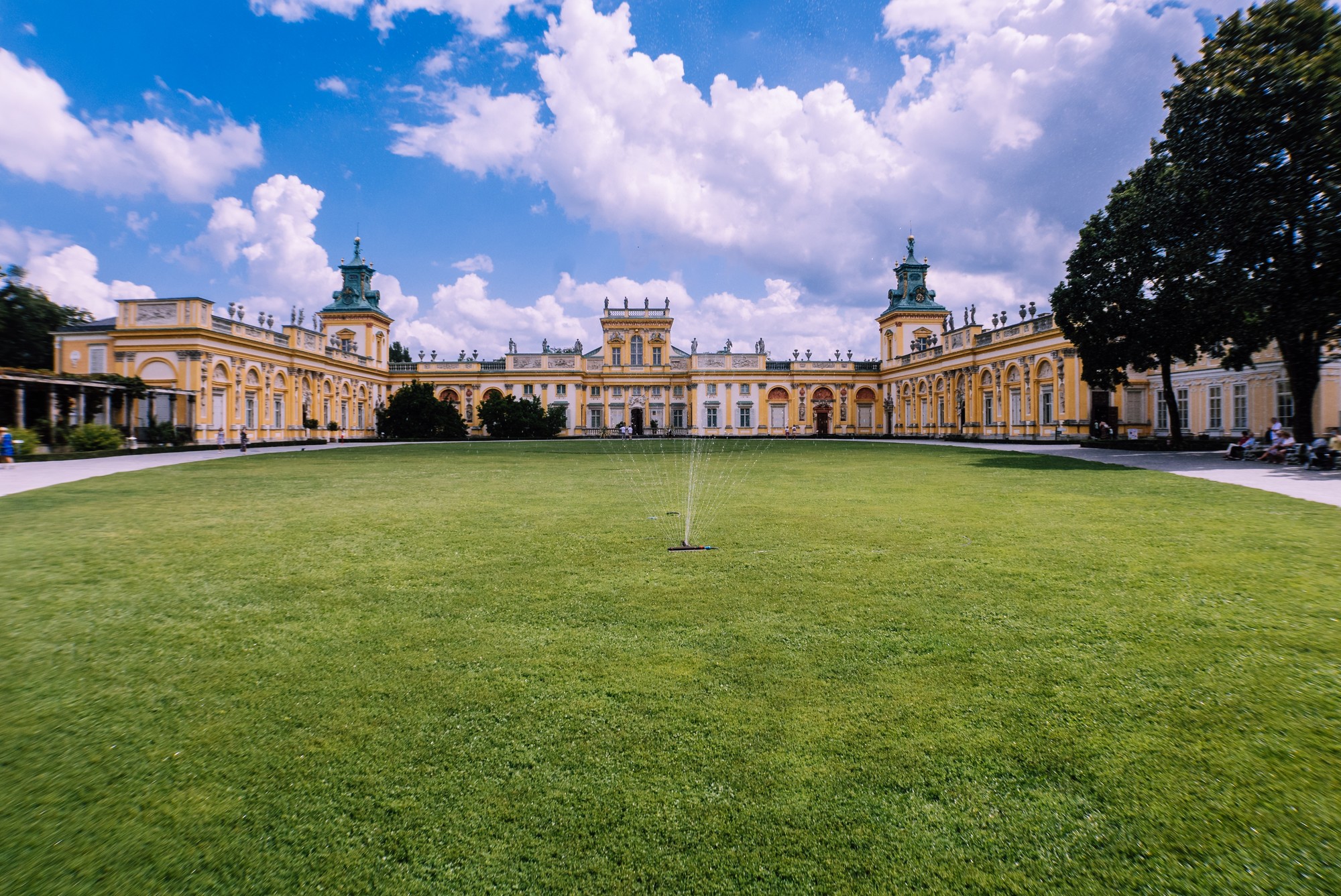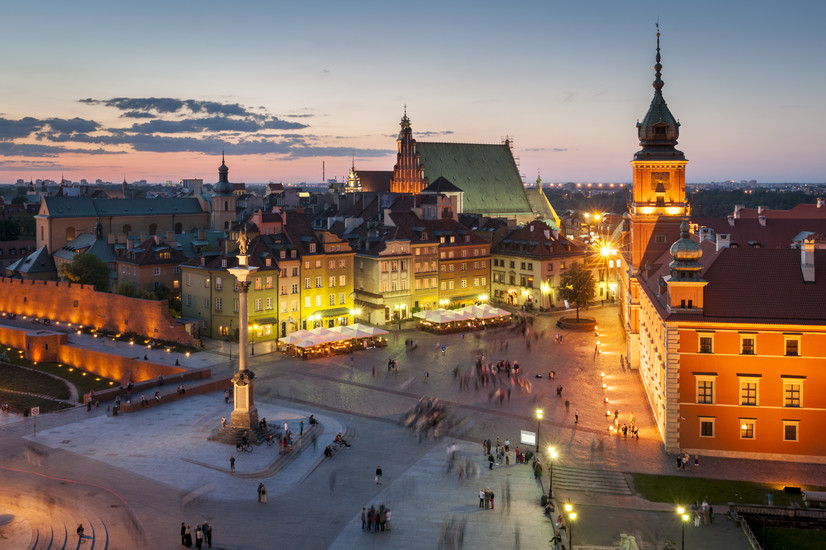Anyone who still thinks that Warsaw is a city of concrete and cement has clearly never been to the city’s lung, the incomparable Łazienki Park. Quite simply, this glorious, 17th-century park, spread over 74 hectares, is one of the jewels in Poland’s crown, which might explain why half of Warsaw chooses to spend its summer Sundays here.
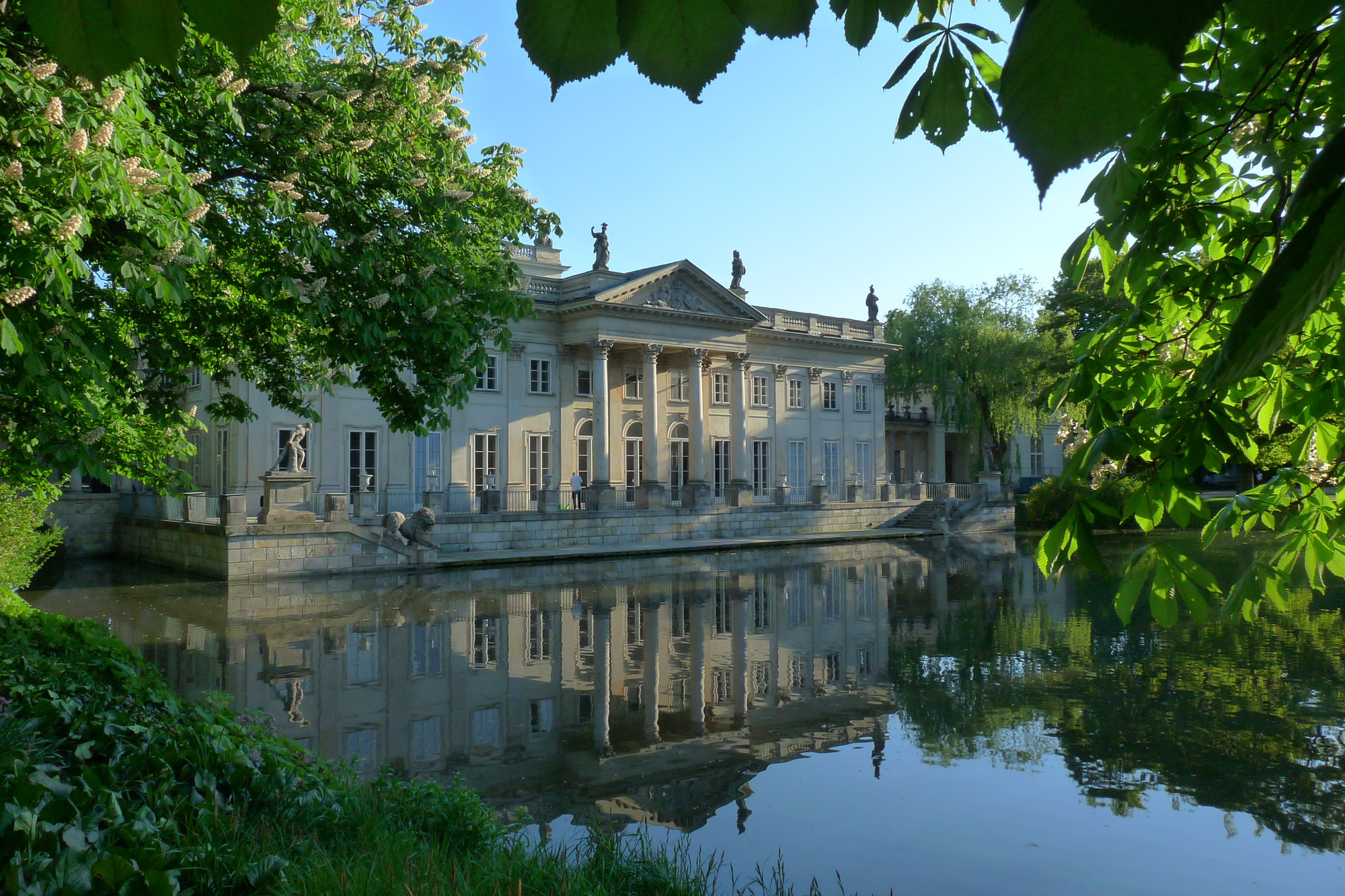
Fear not though, for so big is Łazienki that it never gives the impression of being crowded, and even on the busiest of days you will always be able to find a quiet, shady corner somewhere.
What to See
A quick note: Some sights are closed as of July 20, following storms and high winds. That includes parts of the royal gardents, The Old Orangery, The Water Tower and the White Pavilion. Check back later for updates on reopenings.If you enter the park via any of the entrances on Al. Ujazdowskie, chances are you will end up, willingly or not, via some surprisingly hilly paths set with tall trees, at the vast artificial lake in the park’s centre, straddled by the magnificent Palace on the Island. In doing so however, you risk missing out on a few treasures, so try to circumnavigate the park instead.
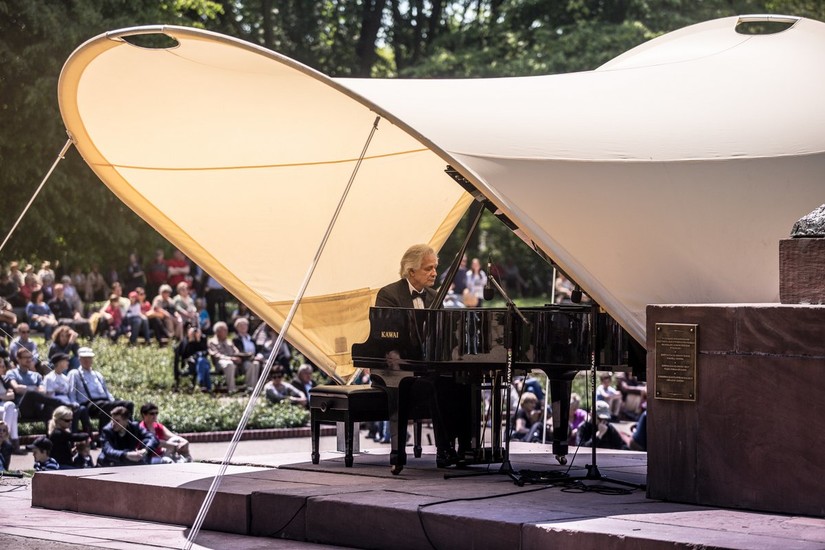
Make your first port of call the Chopin Monument, a Secessionist monument sculpted in 1908 and set at the side of a small pond. Chopin is depicted right here in Łazienki, sheltering from the sun under the branches of a tree. Almost hidden in the trees a few metres from Chopin is the astonishing Temple of the Sibyl (currently closed to the public) an 1820s replica Greek Temple, built entirely in wood. Look out too for a gaggle of other little buildings around here, such as the Hermitage, the Egyptian Temple and the Water Tower. Alas, none are presently open to the public.
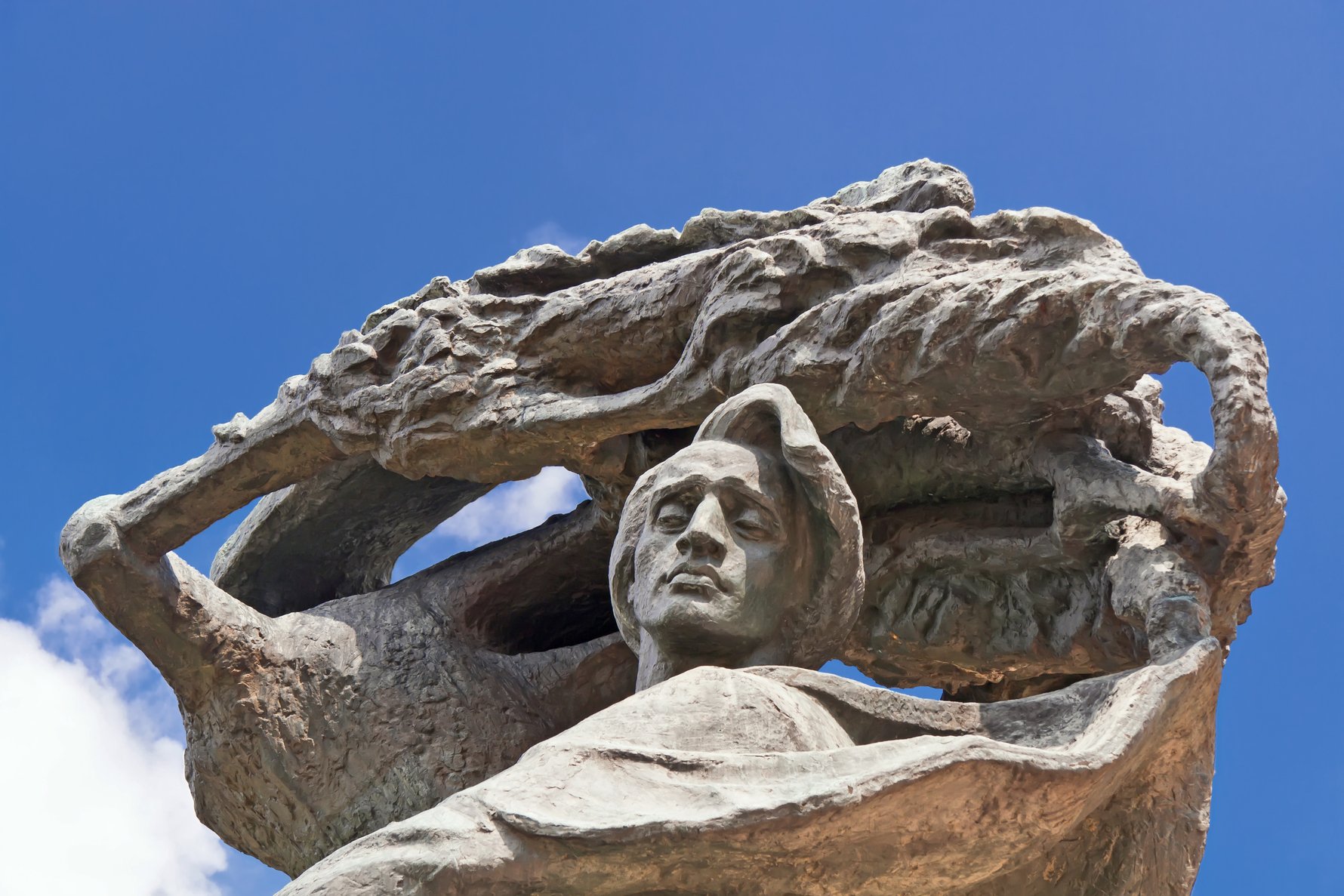
Head next for the Belvedere Palace, traditionally the residence of the Polish President during the 20th century, and now used to host visiting heads of state. Built in 1694, but thoroughly remodelled in 1818, for the best views of the palace and some outstanding photo opportunities, you should look at it face on from Al. Ujazdowskie: it is a wonder of Neo-Classical design, complete with tympanum and oversized Corinthian columns. As you might expect given its function, most of the building is off limits.
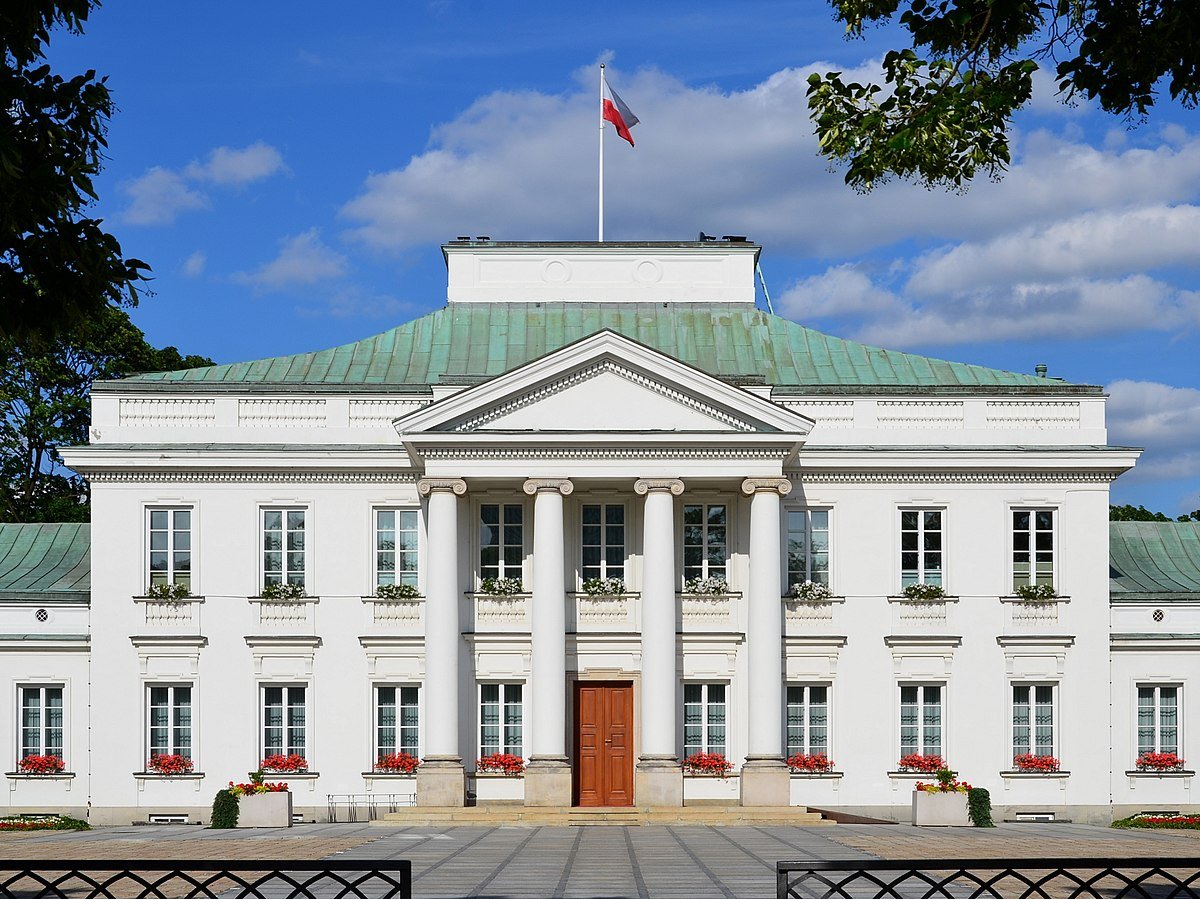
Less grand but equally impressive is the little White House, a gorgeous summer house built in 1774 for the king’s sisters, and now open to the public, displaying a fine collection of period furniture and decorations. A few steps away is the impressive Old Orangery, one of very few surviving court theatres in the world. It dates from 1774 and is still used today to host chamber concerts, as well as being a popular wedding venue for Warsaw’s wealthy. Part of the building houses a museum of sculpture. From here head back past the White House, resist the temptation to head straight for the Palace on the Island and instead head south, towards the New Orangery. Built in cast iron and glass it was designed by Józef Orłowski and opened in 1861. It is home to the upmarket Belvedere restaurant.
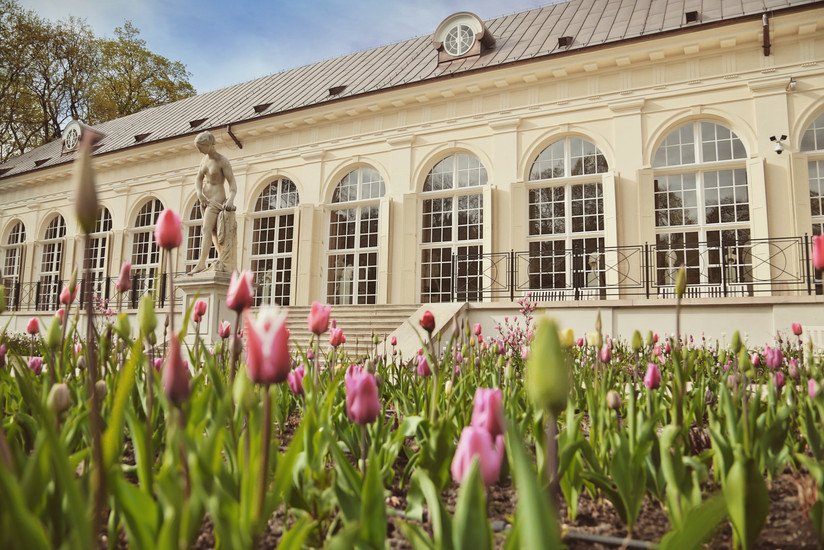
Crossing the tail of the serpentine lake, follow the path that leads along the embankment until you hit the Amphitheatre, also known as the Theatre on the Island. Built to resemble the amphitheatre at Herculaneum, the theatre hosts productions throughout the summer, though unless you fancy seeing Henry V in Polish these will hold little interest for foreign visitors. It is enough just to admire the setting before heading for one of the kitsch (one features an enormous swan) but irresistible gondolas, which ferry up and down the lake (on weekends until the end of September). A short trip costs 15/10zł per person, and trips depart throughout the day – you may have to wait for the boat to fill up before the gondolier sets off however.
Dropping you off exactly where you departed, your next stop should be the Palace on the Island, Łazienki’s raison d’etre. Today a museum almost all of the palace can be visited, including the main reception room, Solomon’s Hall, decorated in the most extravagant of Baroque styles. Many of the king’s personal rooms are also open to the public, set in their original context.
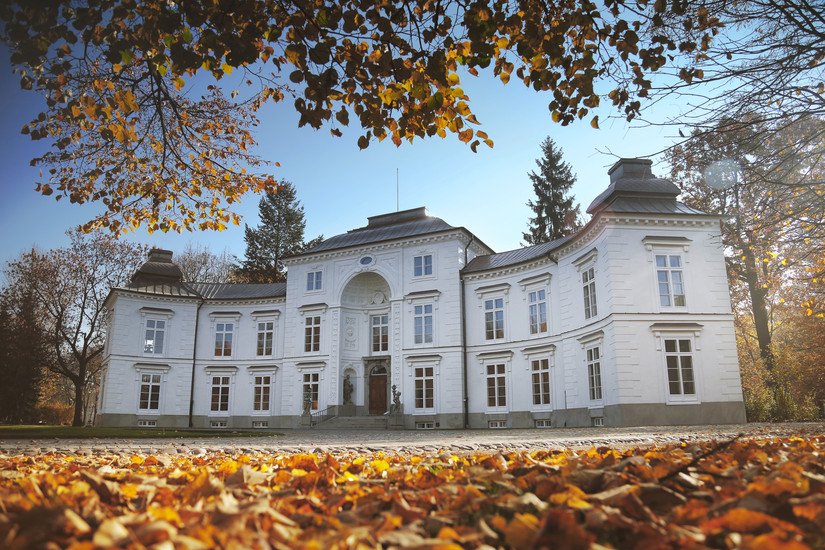
North of the Palace on the Island, the Museum of Hunting & Horsemanship is worth a quick visit, though make sure you have time too for a guided tour of the magnificent, semi-circular and recently restored Myśliwiecki Palace. The residence of the king’s nephew, Józef Poniatowski, the palace is very much ‘as was’ complete with original murals, furniture and art.
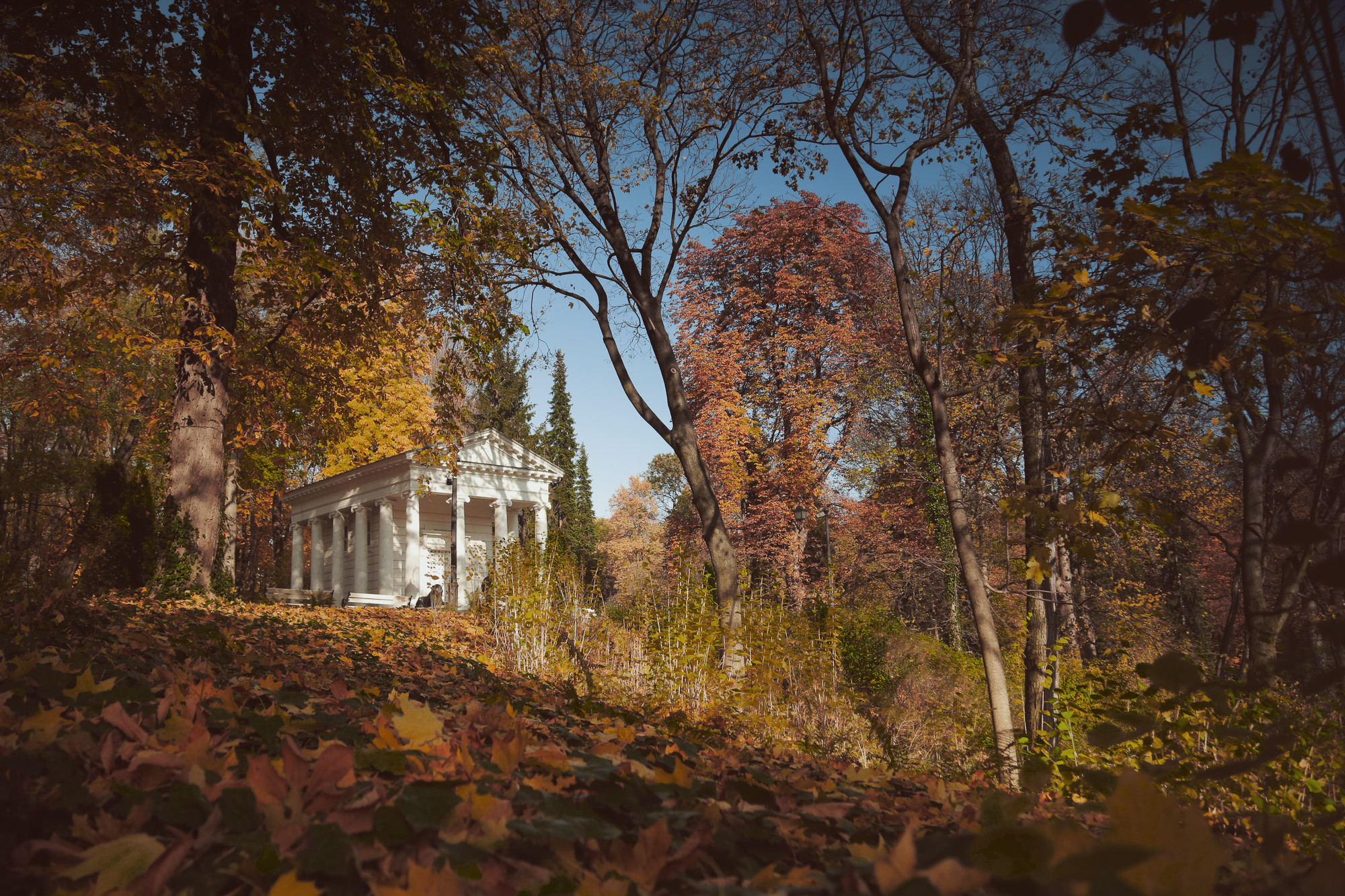
Getting to Łazienki Park
Any number of buses stop in front of the park’s three main entrances on 'Al. Ujazdowskie', including numbers 116 and 180 from the Old Town/Nowy Świat. Bus 108 takes you from 'Plac Trzech Krzyży' to the 'Agrykola' stop on the park's eastern edge; bus 162 gets you to the same location but from the Praga district at stop Dw. Wileński. From the city centre, however, perhaps the easiest way of reaching Łazienki is to take trams 4, 15 and 35 from 'Centrum' to 'Pl. Unii Lubelskiej,' and walk 300 metres along ul. Bagatela to the park’s southern entrance, in front of the Belvedere Palace.Orientation around the park is relatively easy given the prominent placement of maps and signs - in Polish and English - in key locations. There is also a very good Łazienki complex map (again, in Polish and English) which can be picked up for free from the Officer Cadets School.
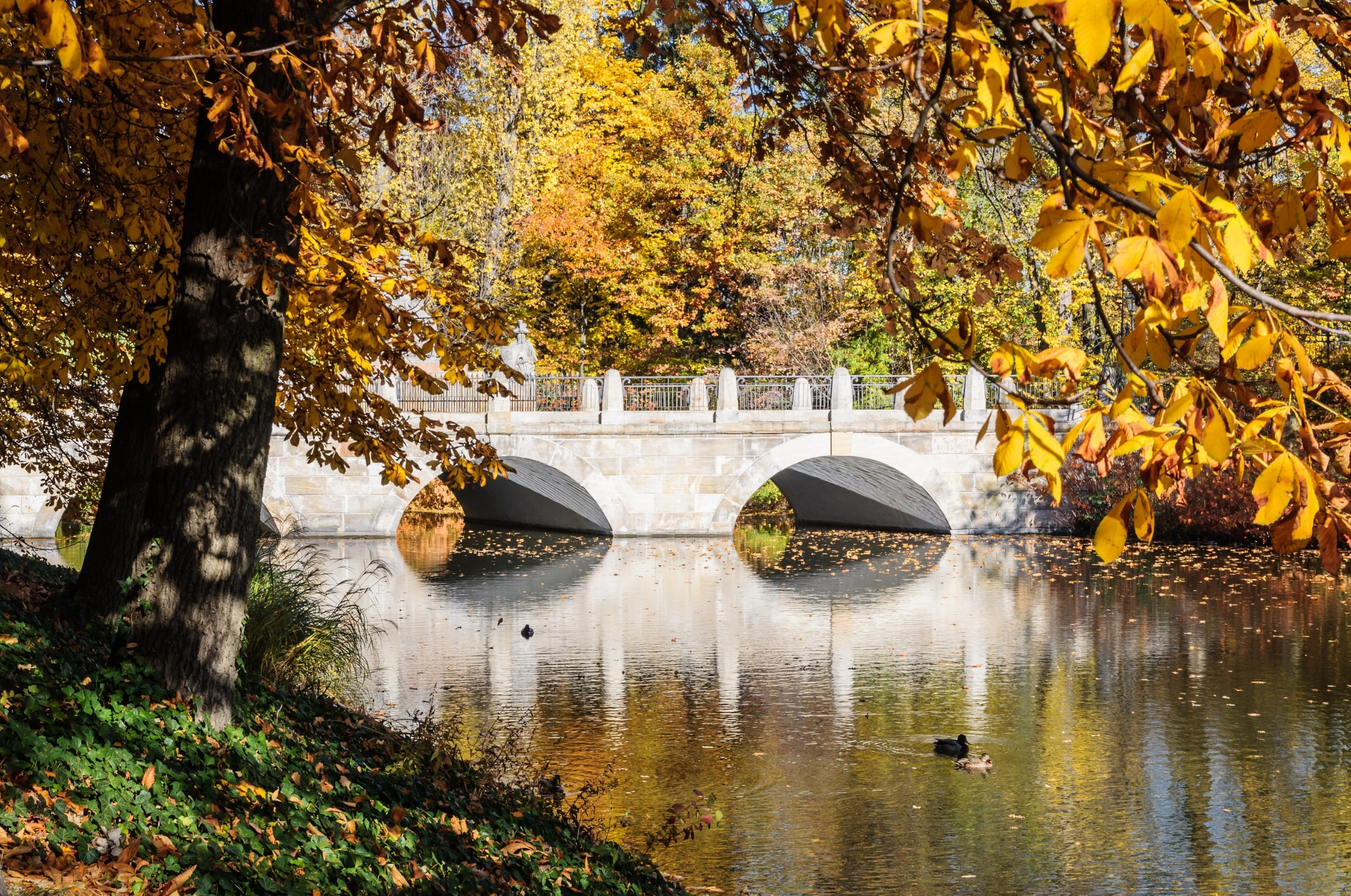
Tickets & Info
While the park is free to wander, explore and enjoy, Łazienki’s indoor exhibits require a paid ticket. To ensure that your pockets don’t fill with litter, there is now two types of ticket, providing entry to many of the park’s paid sites (see below). That being said, keep in mind that the Botanical Garden is not included, and requires its own ticket for entry.Also remember that the Old Orangery, Water Tower, and White Pavilion, are closed as of July 20, 2024 due to storms.
1 x ticket for...
Palace on the Island
Old Orangery
Myślewicki Palace
| Adult | 50zł |
| Reduced | 25zł |
| Children over 7 Students under 26 |
1zł |
1 x ticket for...
Palace on the Island
Old Orangery
Myślewicki Palace
Kubicki Stables
Cantonist Barracks
| Adult | 60zł |
| Reduced | 30zł |
| Children over 7 Students under 26 |
1zł |
